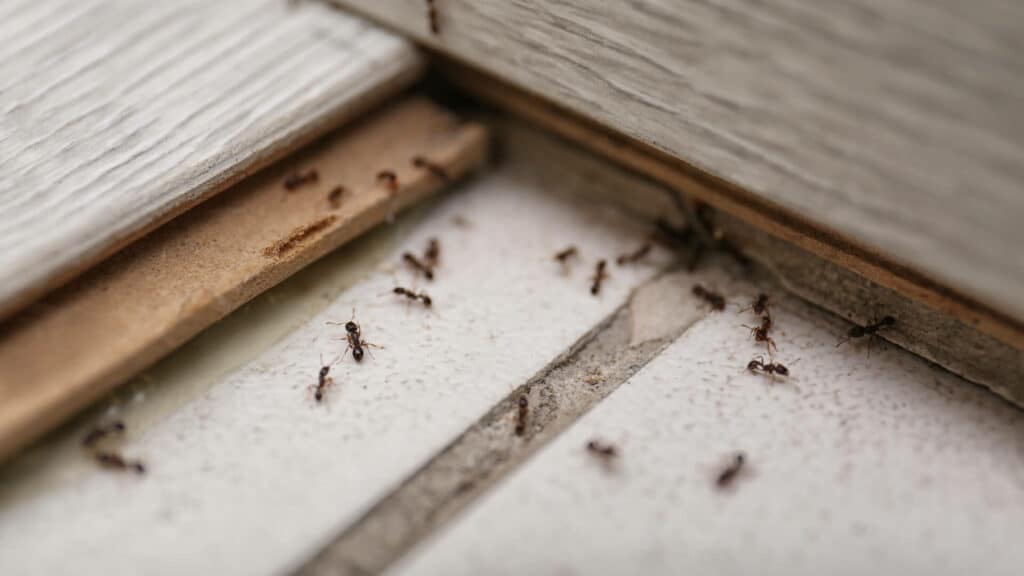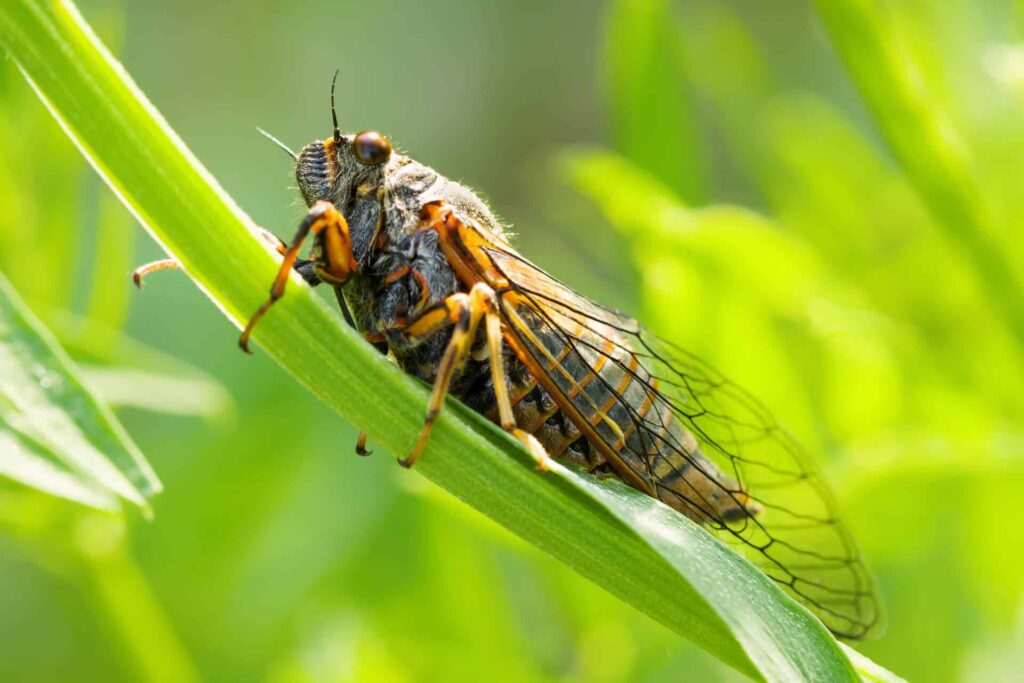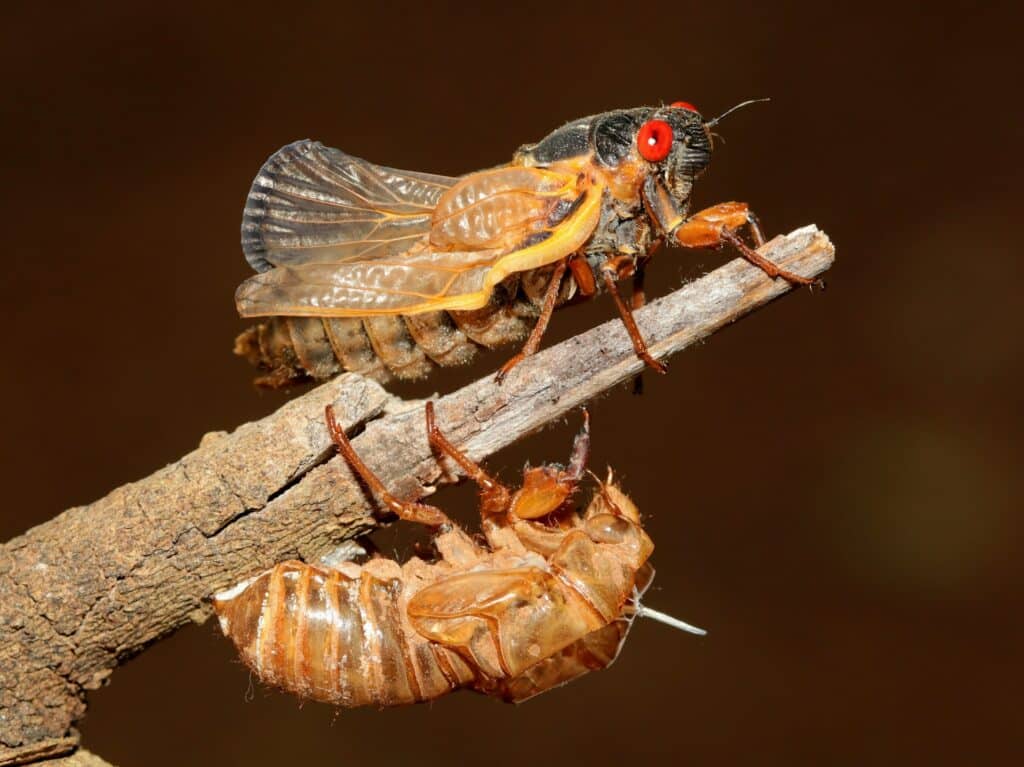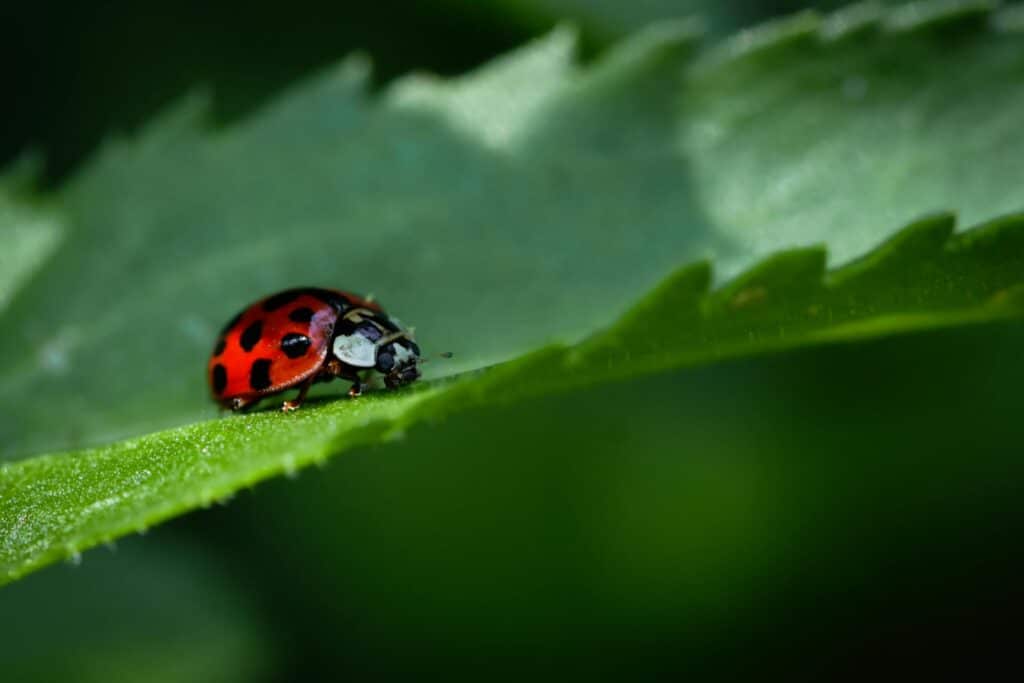Have you ever stepped into your basement and noticed a few spiders lurking in the shadows? Spiders tend to gravitate towards basements. In fact, they thrive in this type of environment.
But are they dangerous? It depends. Certain spiders are harmless and can even help your home by eating other pests who’ve invaded your home. However, spiders and their webs are usually a nuisance. While the presence of spiders in your home often means they are helping get rid of these other insects, they can’t do all the work. Professional spider control will help eliminate the spider infestation as well as other pest problems that are attracting spiders.
Unfortunately, many spider species can deliver irritating and painful bites that can be harmful to humans. Specifically, black widows, brown recluses, and hobo spiders.
Although there are specific ways to reduce the number of spiders you find in your basement, it’s best to have a pest control professional help target the source of the problem to reduce your chances of spider reinfestation.
Before we dive into how to prevent a basement spider infestation, let’s take a look at why spiders like your basement in the first place.
Why Spiders Live in Your Basement
Spiders end up in your basement for several different reasons. Typically, they’re seeking shelter, specifically when the weather is too cold, too warm, or too wet. They also are attracted to cluttered, undisturbed areas, and in most cases, this tends to be the basement. As solitary creatures, spiders prefer their living space to be dark and quiet. Whether they find a quiet ceiling corner or a box-filled storage room, spiders can easily set up their homes. These spaces are perfect for hiding, catching prey, and finding a mate.
Female spiders will often place egg sacs in an undisturbed area of your basement. Eggs can hatch into young spiders in as little time as one week and can quickly turn into an infestation. Adult long-bodied cellar spiders usually live for about two years.
Like any living organism, spiders need food to survive. Without a food source, it would be difficult for them to survive inside your home. Their diet can vary, but for the most part, web-building spiders catch and eat flying insects, including flies, mosquitoes, and moths. Getting rid of these pests leaves the spiders with less prey and makes them less inclined to stay in your home.
With all these reasons to crawl inside, it might seem hard to prevent or get rid of basement spiders. But it’s very manageable. Here are a few simple steps you can take to get rid of and prevent spiders in your basement.
How to Rid and Prevent Spiders in Your Basement
1. Seal Cracks and Other Small Openings
The best thing you can do to prevent spiders from entering your home is by finding and sealing their way to the basement, which is typically through cracks, crevices, and other small openings on your windows and doors.
Go around the border of your home and look for any cracks or gaps. Even tiny openings can be big enough for spiders to fit through.
After you’ve found all the cracks in your home, seal them up with caulk, expanding foam, or steel wool.
2. Get rid of Other Pests
As we mentioned above, spiders eat other pests. Removing other pests in your home makes spiders less inclined to stay in your home.
To repel and kill pests, check out Aptive’s pest library. They are guides that can show you everything you need to know to prevent and eliminate pests.
Additionally, getting pest control service from Aptive is a great place to start.
3. How to Get Rid of Spiders in the Basement
If you’ve discovered a few too many eight-legged visitors in your lower level, fear not—there are effective methods to treat spiders in your basement. Start by ensuring that all cracks and gaps to the outside are securely sealed; this not only keeps out spiders but other pests as well. Regular cleaning and decluttering of your basement reduce hiding spots for spiders and discourage them from settling in. Additionally, consider using traps and natural repellents like peppermint oil or vinegar solutions to keep spiders at bay. If the problem persists, it might be time to consult with a pest control professional to address and prevent further infestations.
4. Get Rid of the Clutter
An unclean, cluttered home can provide the perfect shelter for spiders. Since spiders flourish in cluttered areas, especially in our basements, it’s important to keep a clean and organized home. Throw away or give away anything you don’t need. Also store your belongings away from the walls to discourage the spiders from weaving webs on them.
5. Vacuum top to bottom.
If you’ve spotted spider webs all over your basement, it’s time to bring out the vacuum to prevent webs and eggs from gathering. Make sure to go around the entire room and hit the sofa, walls, closets, ceiling, and corners. Although you might want to put the vacuum back in the closet after you eliminate any spider webs, it’s essential to promptly dispose of the vacuum bag.
6. Dry out Damp Areas
Spiders like moisture and high humidity, so consider making your basement less desirable for spiders by drying out and ventilating any damp areas.
7. Avoid Storing Firewood Inside
Spiders and other pests like to hide underneath woodpiles. Rather than storing your firewood inside your house, store it in the backyard instead. Make sure to keep them several feet away from your house to deter the spiders from crawling inside your home.
8. Call Pest Control Services
If spiders have made your basement their new home, it may be time to call pest control services to avoid a spider infestation. Since spiders use other pests as their food source, spider control often requires exterminating other insects around your home. On top of that, traditional pesticides don’t work on spiders, so it’s crucial to choose a professional spider treatment. Professionals will be able to determine the species of spider you’re dealing with and find the most effective way to protect your home from spiders and other problematic pests.
Protect Your Home From Basement Spiders
Protect your basement from spiders and webs with the help of Aptive Pest Control. We have locations throughout the United States and are dedicated to keeping your home protected.
Aptive’s spider control treatments attack infestations and get rid of spiders by targeting the source of the problem. This significantly reduces the chances of reinfestation. Plus, our services ensure that we will come back if the pests return.Find a provider today. Contact Aptive Pest Control today to receive a quote for pest control services.









